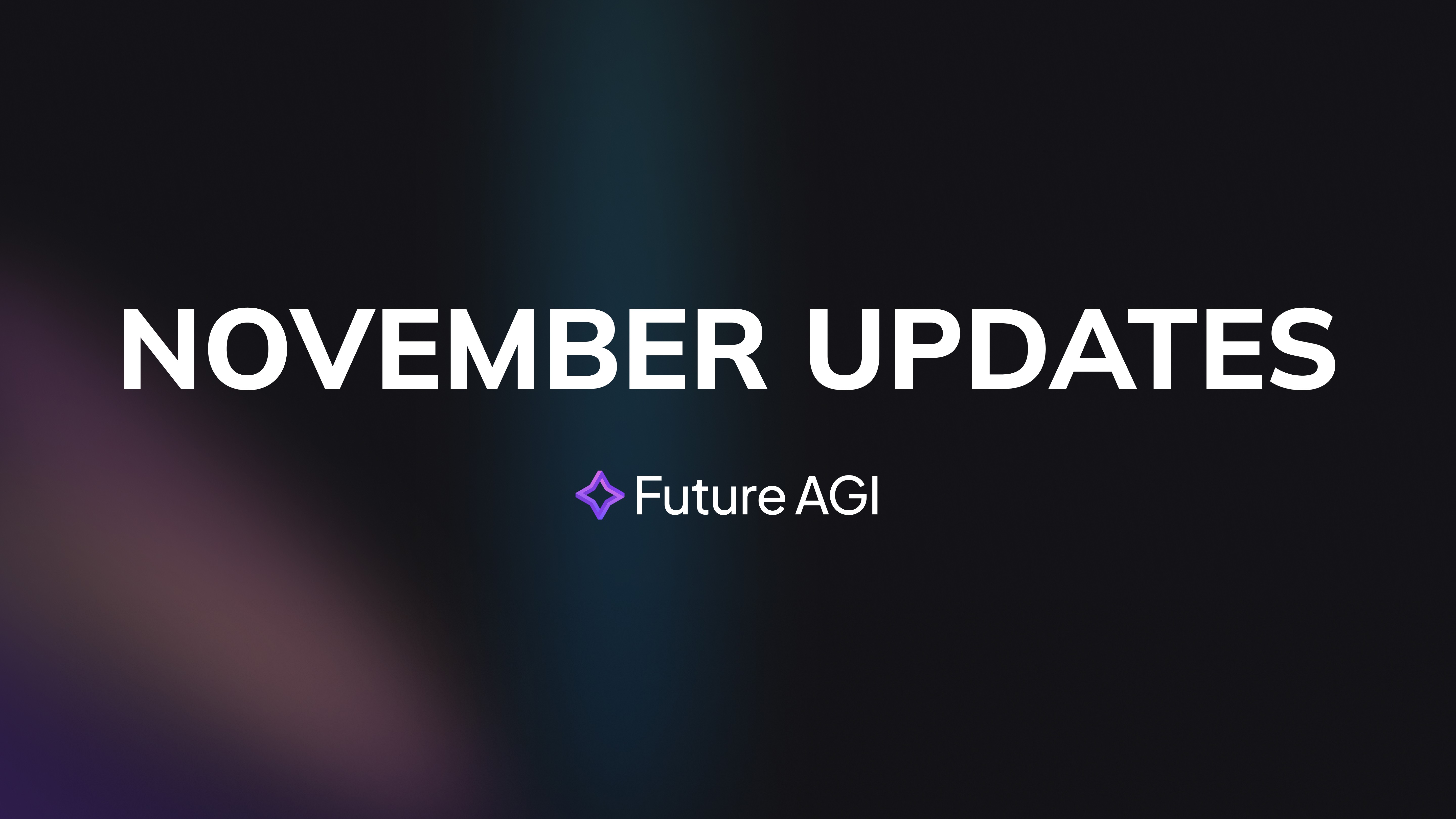Introduction
Over the last year, GitHub has welcomed over 70,000 new generative AI repositories, showing that small yet powerful engines drive AI Language Models 2025.
In 2025, AI language models will focus on making their models publicly available and deploying them on the edge, driven by a reduction in computation and memory requirements.
In this wave, Mistral Small 3.1 comes out with an Apache 2.0 license. It supports multiple modes of understanding and has a bigger context window that can hold up to 128,000 tokens. It takes the great features and efficiency boosts of its predecessor, Mistral Small 3, and expands upon them. You can already access its code and pretrained weights in GitHub Models, which simplifies access for research and production teams.
We present a technical overview of Mistral Small 3.1's new features, compare it to its predecessor, Mistral 7B and leading models like GPT-4.5, Claude 3.7 “Sonnet”, and Google's Gemini 2.5, and analyze its deployment and real-world performance.
What’s New in the Latest Mistral Small 3.1?
The Mistral Small 3.1 has a lot of new and improved features that set it apart from previously released open models:
Multimodal Vision: It is the first Mistral model that can accept images along with text. The model is capable of analyzing and reasoning about images, including the description of images and the fundamental OCR (optical character recognition) of text in images.
Long Context Window: Mistral Small 3.1 can handle inputs that are very long, with up to 128,000 context tokens. This level of detail is a huge improvement (128x) over the original GPT-3's 1k context, and it even beats many new models.
Improved Text Performance: Mistral 3.1 not only provides vision and long-context but also truly increases its basic NLP capability over its predecessor. On tests of language knowledge and reasoning, it is more accurate. On the MMLU (5-shot), it scored 80.6% and performed rather well on QA and reasoning challenges.
Enhanced Speed and Efficiency: Mistral Small 3.1's low latency inference optimization makes it appropriate for real-time applications. It can generate roughly 150 tokens per second compared to models the same size as the Gemma 3 and GPT-4o Mini.
Multilingual Understanding: The model demonstrates strong multilingual understanding like English, French, Arabic, Chinese, Hindi, and more, outperforming Gemma 3, GPT-4o, and Claude 3.5 in non-English categories, with an average accuracy of 71% across languages.
JSON Support and Native Function Calling: Mistral Small 3.1 was designed to be agentic-friendly, meaning it can directly respond to function call instructions and produce structured outputs like JSON.
It opens possibilities previously restricted to top-tier proprietary models into the public domain. But how it differs from the Mistral 7B?
How does Mistral Small 3.1 different from Mistral 7B?
Let’s compare the Mistral Small 3.1 to the Mistral 7B model. It’s interesting to see how scaling within the same architecture can improve things like handling long contexts and integrating multiple modalities.

Table 1: Mistral 7B vs Mistral 3.1 small
Mistral 3.1 is a 24 billion parameter model that improves on Mistral 7B by adding features like function calling, multimodal support, and better multilingualism. It is appropriate for enterprise-grade applications because of its competitive reasoning and coding performance, as well as its 128k token context window. But, how does it perform with latest language models in the market. Let’s check out.
Mistral Small 3.1 vs GPT-4o Mini vs Claude 3.7 Sonnet vs Gemini 2.5 Pro
We evaluate Mistral Small 3.1 against GPT-4o Mini, Claude 3.7 Sonnet, and Gemini 2.5 Pro to evaluate how a premier open-source model matches up against today's top proprietary LLMs across performance, cost, and context capacity helping developers chose the best fit for their unique application. This side-by-side comparison shows the diminishing gap between open- and closed-source options and informs customization, deployment, and total cost of ownership considerations.

Table 2: Mistral Small 3.1 vs GPT-4o Mini vs Claude 3.7 Sonnet vs Gemini 2.5 Pro
Key takeaways:
Open-source vs. proprietary: Mistral is the only model here with weights you can run locally (single 24 B model on consumer-grade hardware) open-source against proprietary. Only APIs are used by all others.
Context capacity: Gemini's 1 M-token window is smaller than others, but at a long startup latency (27.8 s) it is still rather reasonable. While Mistral and GPT-4o mini both cap at 128 K with sub-second TTFT, Claude offers 200 K tokens with modest latency.
Multimodality: All four support text plus vision; GPT-4o mini and Gemini preview additional audio/video inputs (though output is text only). Claude adds experimental "computer use" for tool-driven processes.
Cost considerations: GPT-4o mini and Mistral lead on low per-token pricing; Gemini and Claude are 5–50× more expensive but offer much higher benchmark performance and extended context.
Throughput vs. latency trade-off: Mistral and GPT-4o mini provide low-latency, real-time applications via a trade-off between throughput and latency. Despite high TTFT, Gemini shines in throughput for bulk processing; Claude uses hybrid thinking to balance modest latency.
What Hardware and Runtime Setups Are Best for Deploying Mistral Small 3.1?
Deploying a 24B-parameter model with a 128k context and multimodal support requires careful consideration of hardware and software capabilities.
Local GPU Deployment: A high-memory GPU is advised for local runs. The developers have stated that Mistral 3.1 can be operated on a single NVIDIA RTX 4090 (24 GB VRAM) as long as model quantization is used.
Local CPU (Desktop/Workstation): Mistral 3.1 can operate on CPU if you don't have a compatible GPU but at a slower speed. According to Mistral AI, a Mac with 32GB RAM is the standard.
Multiple-GPU Configurations: Mistral 3.1 can be installed on several GPUs if one is insufficient (for example, if you wish to run at FP16 for optimal accuracy or serve several queries at once). The text-generation-inference (TGI) server from Hugging Face and DeepSpeed ZeRO-Inference are two libraries that help with sharding the model across GPUs.
Suggested Frameworks/Software: Mistral formally recommends the vLLM library for effective inference. The vLLM uses a advanced paging mechanism for the KV cache, enabling it to service multiple requests in parallel with an optimized throughput. It is particularly effective in managing lengthy contexts as a result of its continuous combining capability.
How Does the Mistral Model Perform in Real-World Tasks?
Knowledge QA and Reasoning
Mistral 3.1 excels in knowledge QA and reasoning for open-domain question answers. Its strong MMLU score (~80% on academic questions) suggests a comprehensive knowledge base covering history, physics, law, etc. Practically, it can explain ideas, respond to difficult queries, and offer thorough, accurate answers for multiple topics.
Mathematical Problem Solving
Mistral 3.1 performs well in GSM8K grade-school math while working methodically, scoring approximately 69% on the arithmetic dataset. This makes it incredibly dependable for tasks like algebra, arithmetic, and word problem solving.
Coding and Code Generation
Mistral 3.1 is superior as a coding and code generating tool. On HumanEval, it scored roughly 88%, meaning it can create correct responses for LeetCode projects or common computer interview questions. It can also grasp and write code in many languages, including Python, C++, and JavaScript.
Natural Language development (NLG)
Mistral 3.1 works well for tasks such as writing summaries, generating emails, compiling reports, or story creation.
Multimodal Tasks
Here Mistral 3.1 performs well especially among open models. In the real application, you can ask Mistral 3.1 to define a picture; it will then produce a thorough description (including background information, object names, etc.).
Multilingual Applications
Mistral 3.1 can be used successfully in places where English is not the main language because it supports many languages. It can be used in Hindi or French in a real test, and the responses would be just as logical.
What Are the Best Use Cases for Mistral Models?
Enterprise Knowledge Assistants (with Long Documents)
Mistral 3.1 is an excellent choice for the development of an internal corporate assistant that is capable of obtaining and understanding large documents or knowledge bases.
Multimodal Applications (Vision + words)
Mistral 3.1 helps any application needing the interpretation of visuals alongside words.
Software Development Co-pilot
The coding capabilities of Mistral 3.1 can be used as the foundation for a coding assistance that is comparable to ChatGPT's code mode or GitHub Copilot.
Virtual Assistants and Chatbots
Mistral 3.1 is an ideal platform for intelligent virtual assistants that communicate naturally, no matter whether they are a personal organizer, a customer support bot, or an informational chatbot on a website.
Reasoning Engines for Tools/Agents
Mistral 3.1 can act as an AI agent's "brain," guiding tools or agents. It can work with systems like LangChain or custom agent loops where it picks whether to get information or run code because it is good at calling functions (for example, to output JSON commands).
On-Device AI Applications
The term "Small" in Mistral Small 3.1 indicates that it is more suitable for edge deployment than massive models. 24B is large, but model quantization and hardware acceleration make it operate on a capable smartphone or laptop.
Alternative to Expensive API Use
Mistral is a cost-effective solution for startups or products that require LLM capabilities but are unable to afford the millions of API calls to OpenAI.
Conclusion
To sum up, Mistral Small 3.1 is a flexible model that opens up many applications. Its strength is in combining openness with powerful performance. Mistral is a fantastic option if your application benefits from multi-modal input, local processing, customization, or very long context understanding. Because of its superior capabilities, Mistral 3.1 will be the preferred choice for the majority of complex applications, while Mistral 7B is still useful for lighter-weight or simpler tasks (or when memory is severely constrained). We believe that these use cases will grow even more as the open-source community builds on Mistral through optimization, the sharing of best practices, and tweaks.
FAQs













